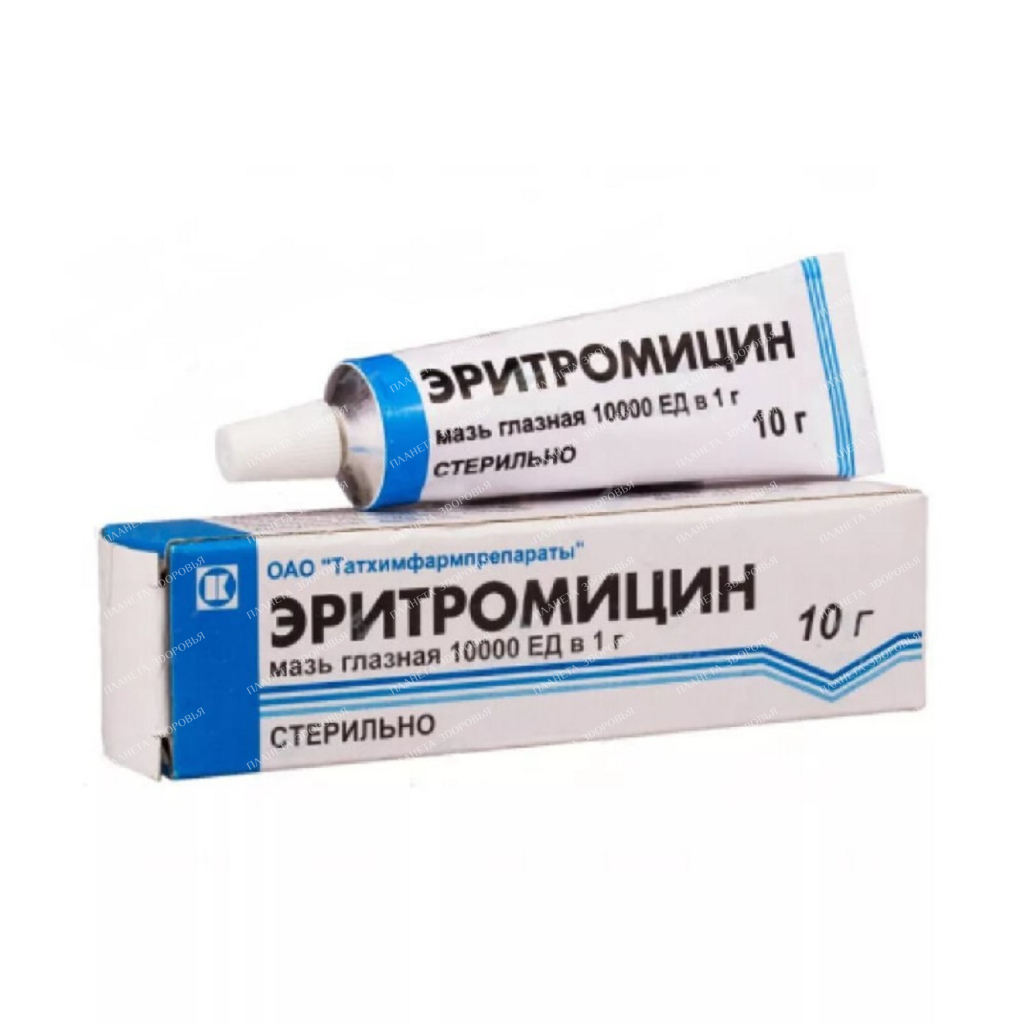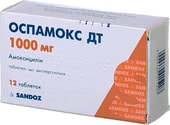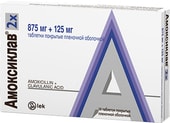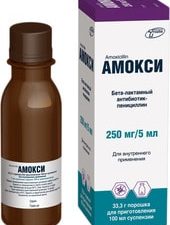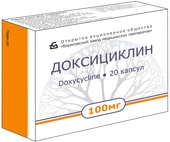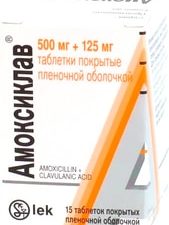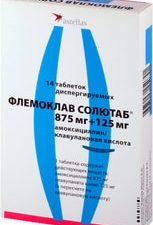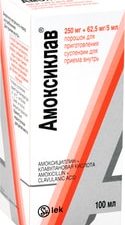-
×
![Smith Frequency 086: [Relevant Keyword] Guide](https://globalhealingweb.com/wp-content/uploads/2024/11/6295017024-247x296.jpg) Smith Frequency 086: [Relevant Keyword] Guide
1 × $139.00
Smith Frequency 086: [Relevant Keyword] Guide
1 × $139.00 -
×
 Belmedpreparations Riboxin, 200 mg, 50 tablets
1 × $9.00
Belmedpreparations Riboxin, 200 mg, 50 tablets
1 × $9.00 -
×
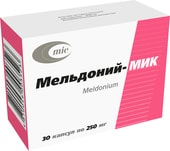 MIC Meldonium-Mick, 250 mg, 30 caps.
1 × $19.00
MIC Meldonium-Mick, 250 mg, 30 caps.
1 × $19.00
Subtotal: $167.00
 Free worldwide shipping on orders $99+
Free worldwide shipping on orders $99+
 US: temporary delays — postal services aligning new import rules,
US: temporary delays — postal services aligning new import rules,
 EU: 1–2 weeks,
EU: 1–2 weeks,
 Worldwide: 1–4 weeks
Worldwide: 1–4 weeks




